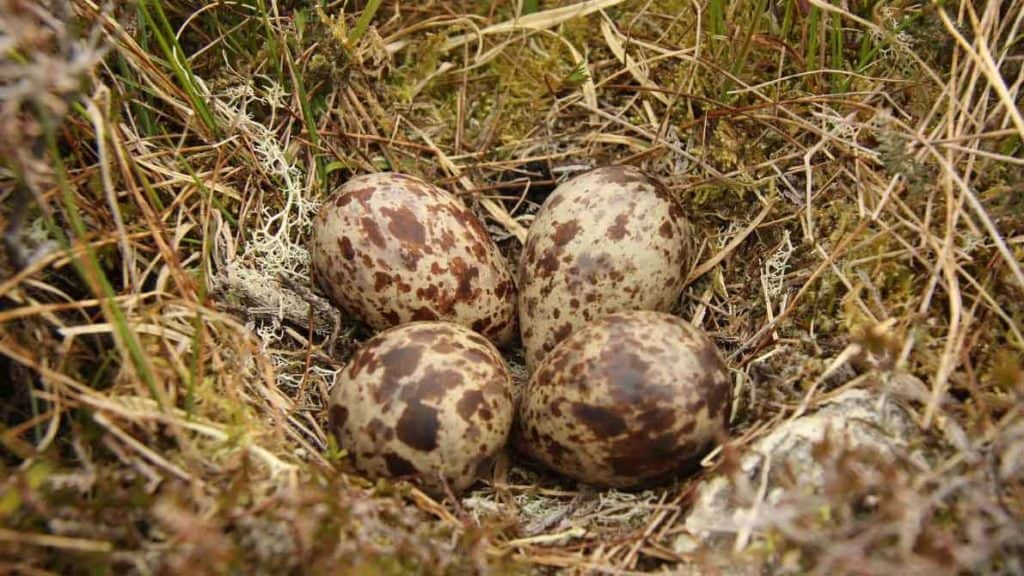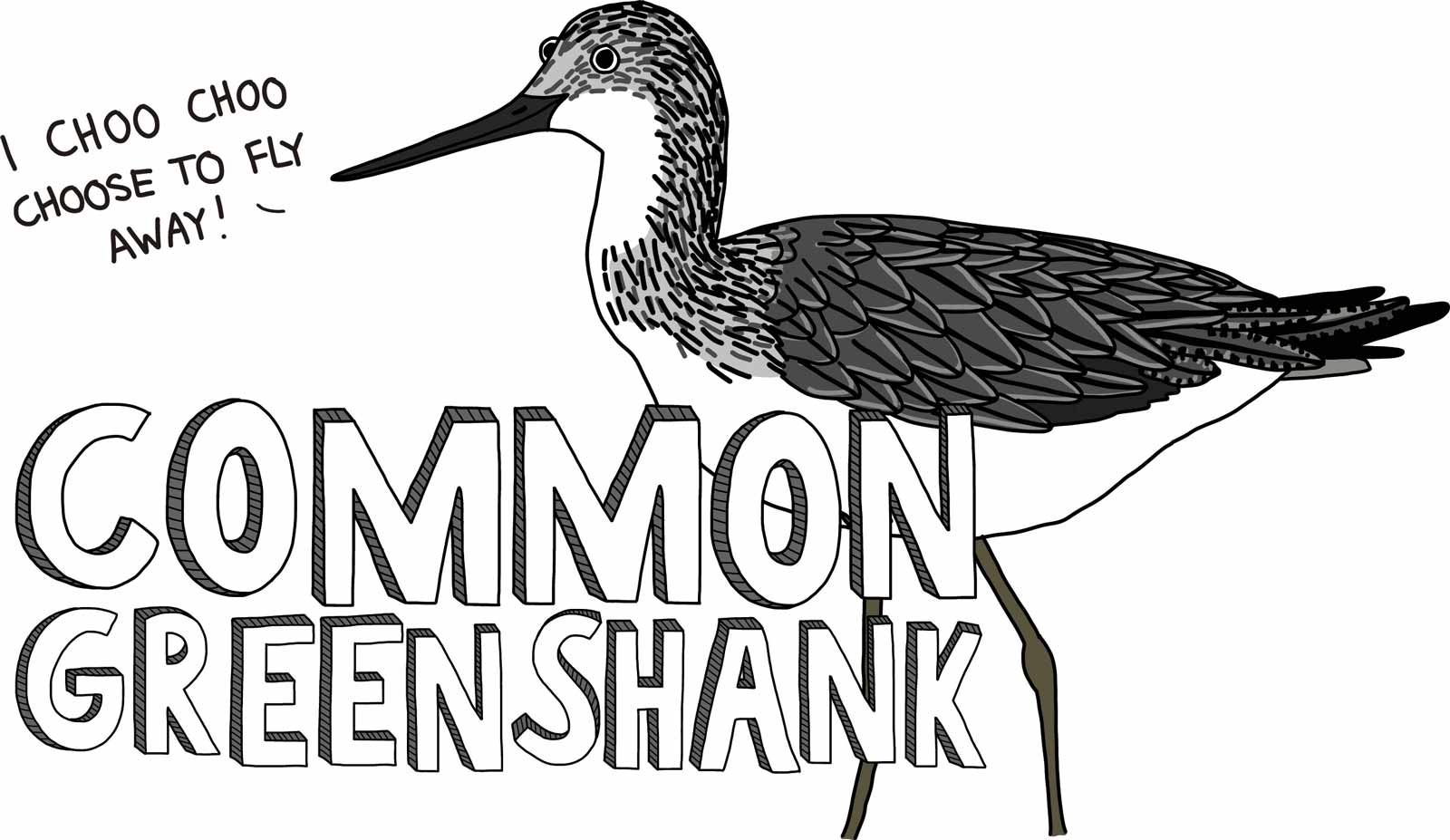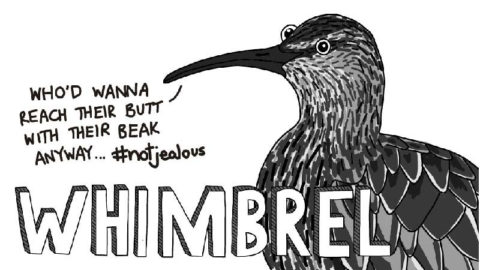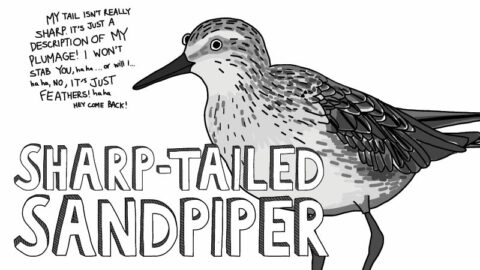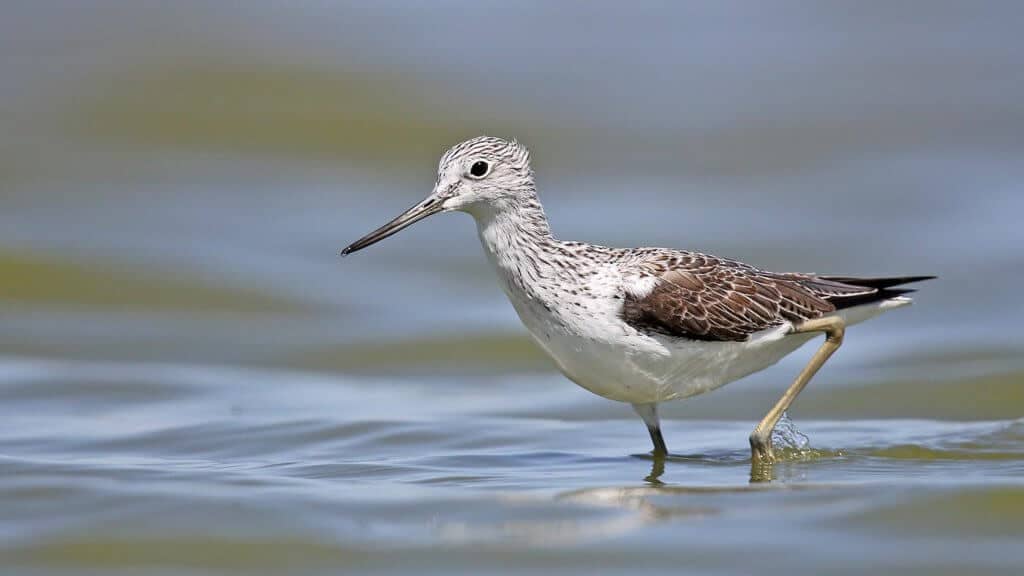
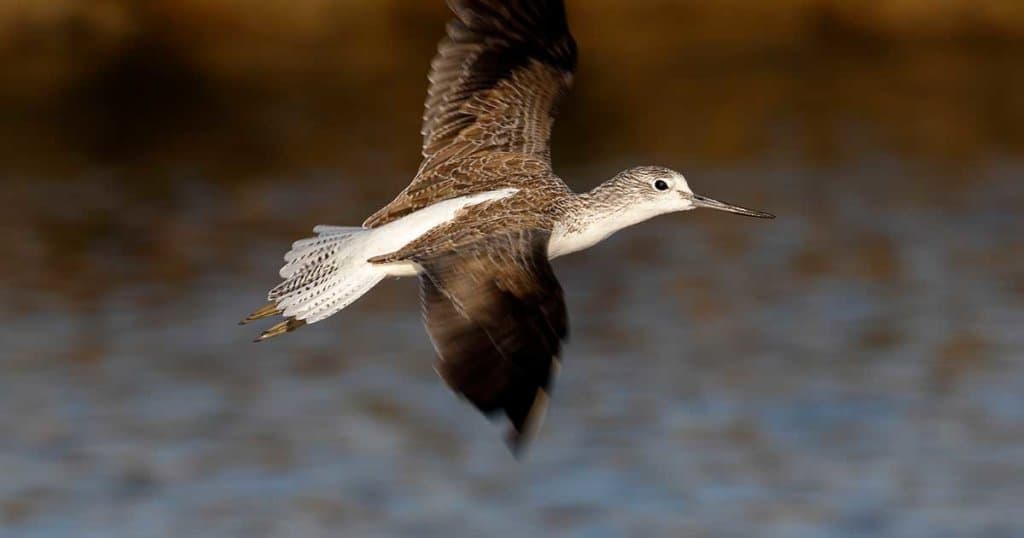
In the non-breeding season, their plumage is a smooth grey-brown on their wings and back. Their breast is slightly speckled with a white belly. During breeding season, they have black chevrons (V-shaped marks) on their chests and their upper bodies are more noticeably streaked.
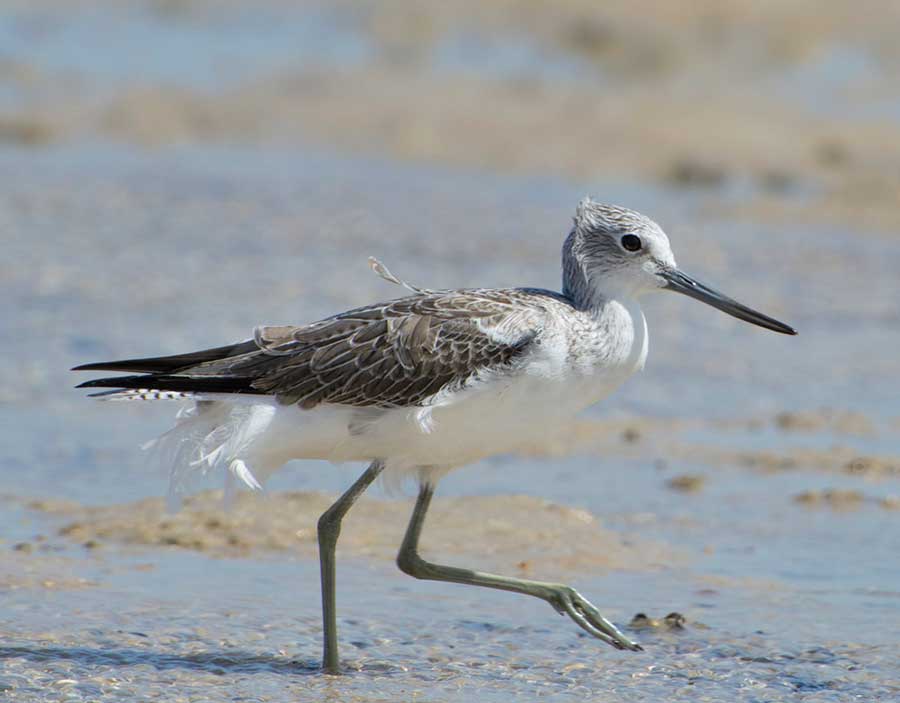
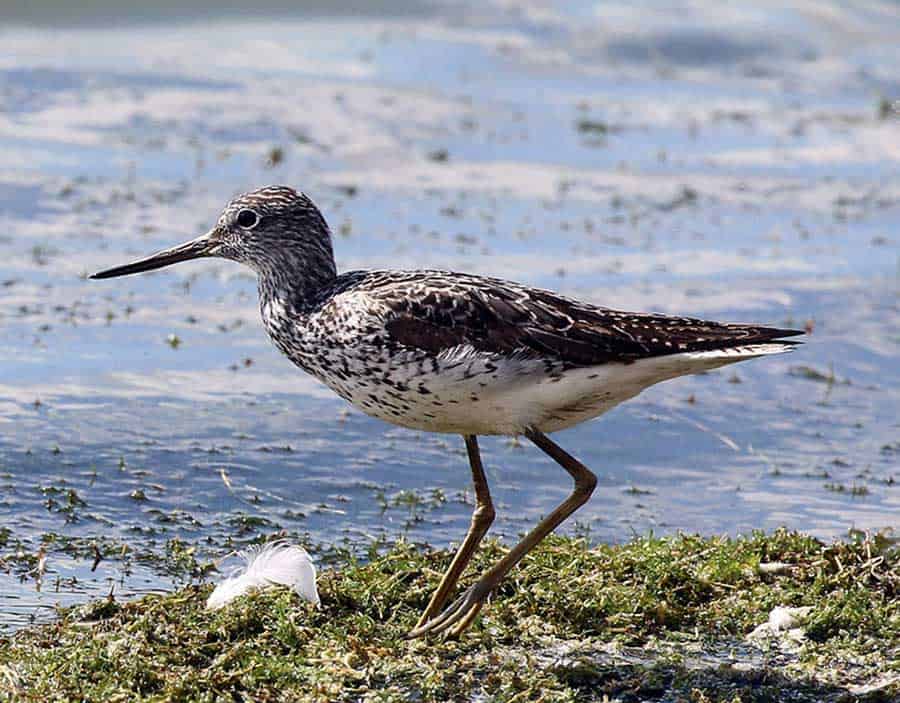
To help distinguish the Common Greenshank from the physically similar Marsh Sandpiper, T. stagnatilis, take note of the slender and needle-like bill of the Marsh Sandpiper, in contrast to the upturned bill of the Greenshank. The rapid “choo, choo, choo” flight call can be used to help identify Greenshanks and their tendency to bob their heads when alarmed.
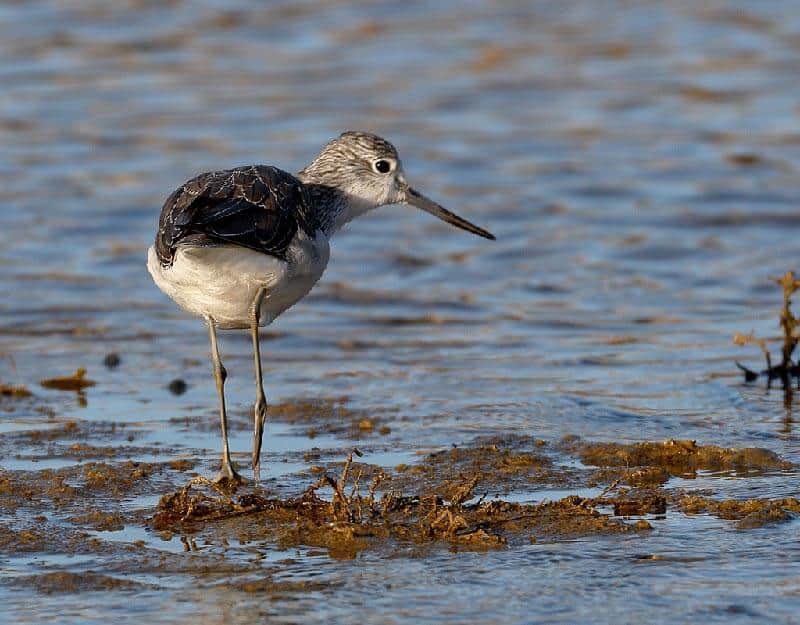
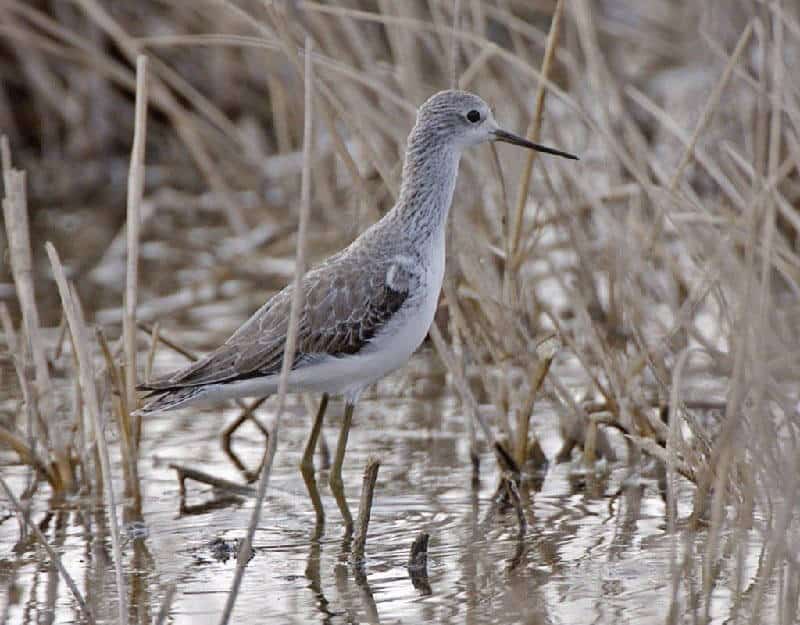
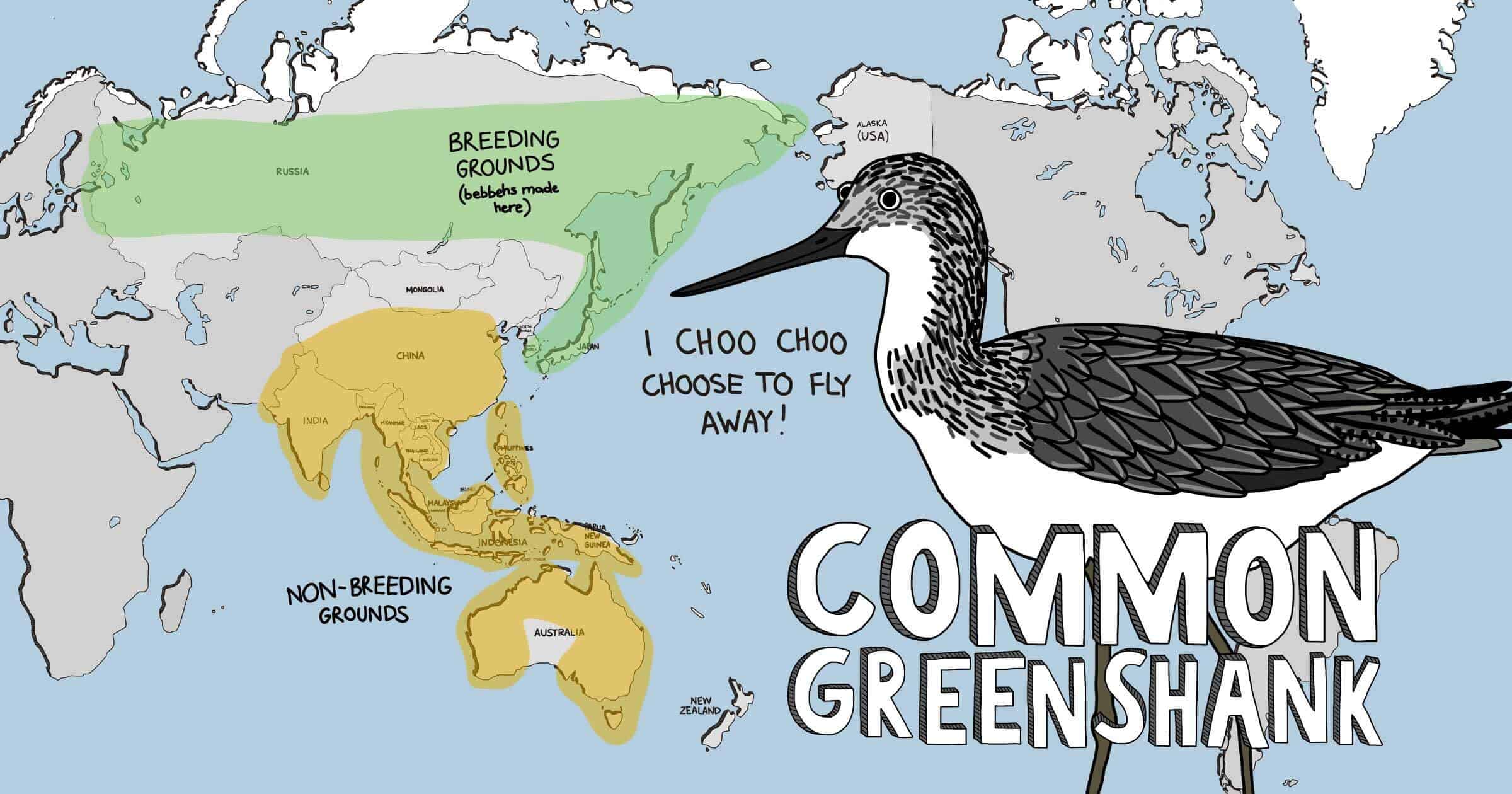
Although they don’t breed in Australia, Common Greenshanks have the widest distribution of any shorebird in the country and are commonly seen in the summer. They are also found throughout coastal Asia, the Indian subcontinent, Africa, the Philippines and southern New Guinea. Waves of Common Greenshanks leave Australia in February and early March to fly north to the Arctic region to breed. Some of the birds from southern Australia fly up to northern Australia and leave at the same time as the northern populations, whereas other southern populations leave at a later time.
Male Greenshanks will establish a territory and engage in display flights, during which they rise up and down in the air and sing. They will also often build multiple nests near solid structures such as rocks or trees, lining them with feathers and vegetation before a female will select one. Both males and females share the incubation and raising of the young.
